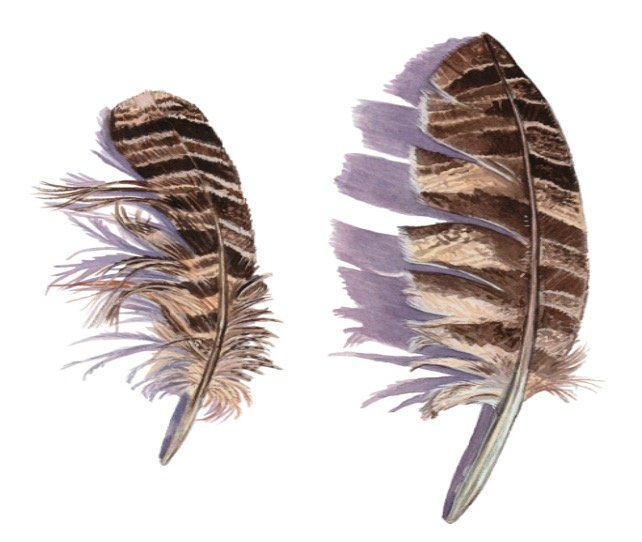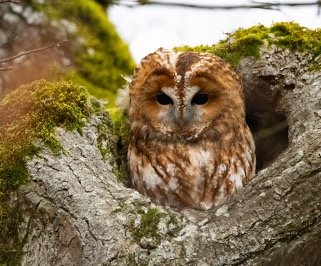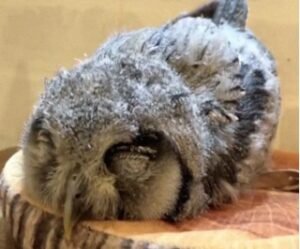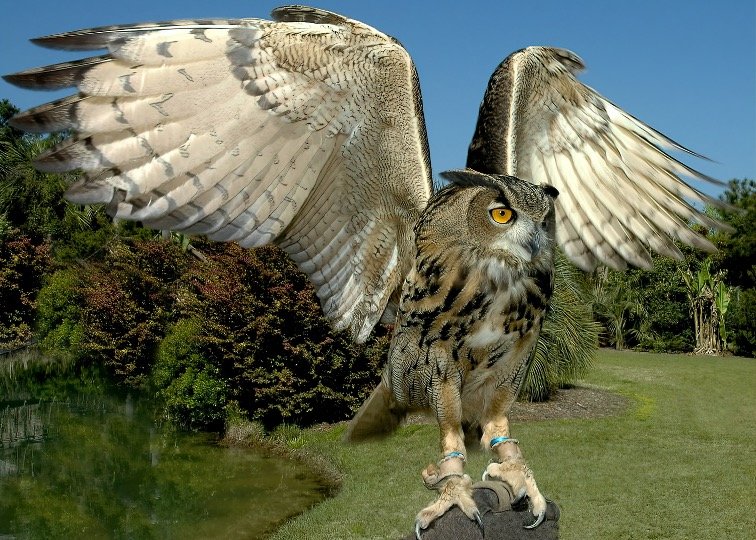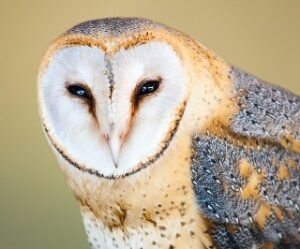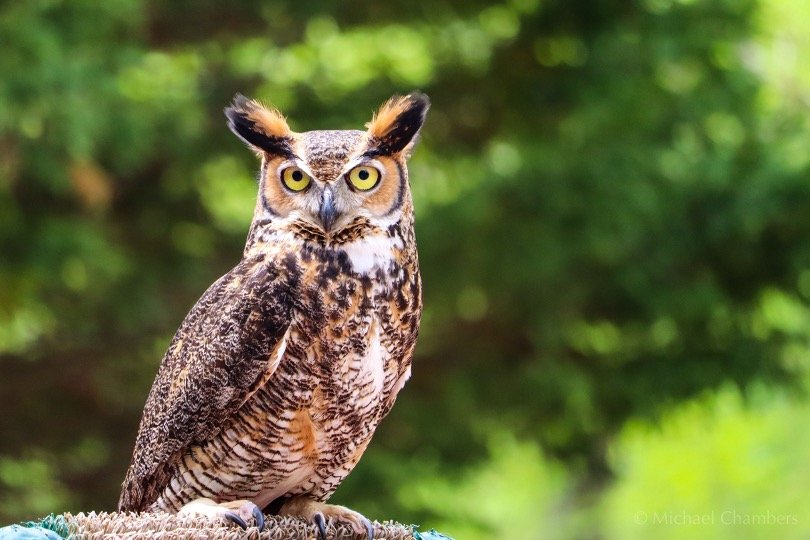
How Long Do Owls Live?
Owls are magnificent birds that are nocturnal and distinguished by their huge eyes and loud hoot. But how long do owls live and what is life like for them from the time they hatch into adults is a not very well explored.
The lifespan of owls varies according to species and environment. In general, larger owl species live longer lives than smaller ones. Wild owls have an average lifespan of 10 to 15 years, but some species can live for up to 25 years or more.
The great horned owl, for example, can live in the wild for up to 38 years, while the snowy owl can live for up to 33 years.
What is the Average Lifespan of an Owl?
Owls generally live between 10-15 years in the wild, and even longer in captivity, according to the Wildlife Conservation Society. Some owl species, however, can live much longer. Great horned owls, for example, have been known to live up to 38 years in the wild, while snowy owls have been known to live up to 33 years.
Owls can live even longer in captivity, with some species living for 60 years or more. Because of differences in diet, exercise, and healthcare, captive owls may have shorter lifespans than their wild counterparts.
Average Lifespan of Common Owl Species
| Owl Species | Average Lifespan in the Wild Average | Lifespan in Captivity |
| Barn Owl | 4-5 years | 15 years |
| Great Horned Owl | 13-38 years | 28 years |
| Snowy Owl | 9-10 years | 28 years |
| Eurasian Eagle-Owl | 20-25 years | 60+ years |
| Northern Saw-whet Owl | 3-5 years | 7 years |
| Burrowing Owl | 6-8 years | 10 years |
31 Interesting Owls Facts You Don’t Want To Miss
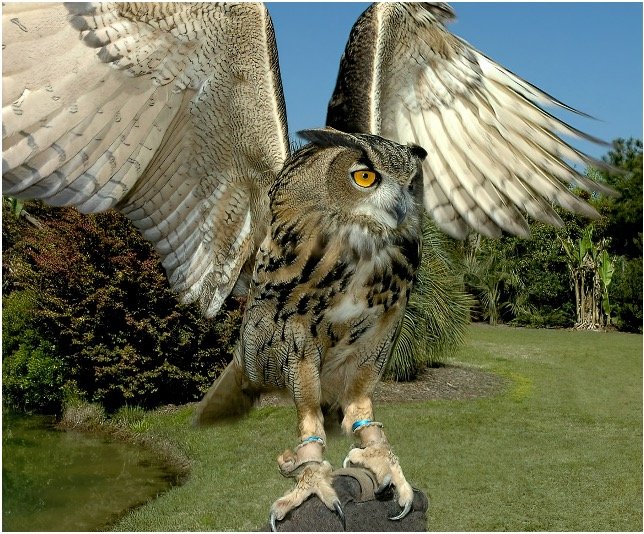
Do Owls Live Longer in Captivity?
Yes! Owls live longer in captivity than they can in the wild. This is because captive owls have regular food, veterinary care, and predator protection, which can help them live longer. Many owl species kept in captivity can live much longer than their wild counterparts.For example, some owl species that live in the wild for 10-15 years can live in captivity for 20 years or more.
It is important to note, however, that captive owls may face some challenges that can have an impact on their health and lifespan. These difficulties can include an improper diet, a lack of exercise, and stress from confinement. Inbreeding can cause genetic problems in captive-bred owls, which can affect their health and lifespan.
Does Owl Size Affect LifeSpan?
Yes, the size of an owl can affect its lifespan. Larger owl species have longer lifespans than smaller owl species. Larger species have fewer natural predators, are less vulnerable to environmental stresses, and have a lower metabolic rate, all of which can contribute to a longer lifespan.
The great horned owl, for example, is a fairly large species with one of the longest lifespans of any owl species, with some individuals living up to 38 years in the wild. Smaller owl species, such as the northern saw-whet owl, live in the wild for only 3-5 years on average.
Do Living Conditions Affect Owl’s Lifespan
Yes, owls’ lifespans can be affected by their living conditions. Owls need suitable habitats to thrive, and factors such as habitat quality, prey availability, and human disturbances can all have an impact on their health and lifespan.
Human-caused habitat loss and fragmentation, for example, can result in decreased prey availability, increased competition with other species, and exposure to pollutants, all of which can have a negative impact on owl health and lifespan.
Similarly, captive owls require proper living conditions, such as appropriate enclosures, adequate space, and appropriate diets, to ensure their well-being and longevity.
Appropriate living conditions, on the other hand, can have a positive impact on owl longevity. Owls that have access to high-quality habitats with plenty of prey, few disturbances, and appropriate nesting sites are more likely to thrive and live longer.
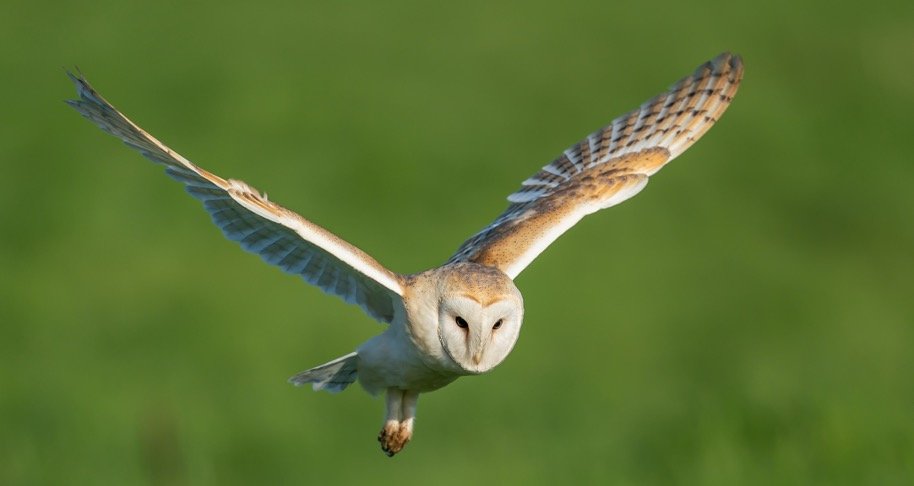
Why Do Owls Live Longer in Captivity?
Owls can live longer lives in captivity for a variety of reasons.
1. Captive owls have regular access to food and water, which helps to ensure that their basic needs are met. Wild owls, on the other hand, may face periods of food scarcity or drought, which can have a negative impact on their health and lifespan.
2. Captive owls can receive veterinary care, which can aid in the prevention and treatment of illnesses and injuries. Owls in the wild may be exposed to diseases or injuries that are fatal or shorten their lifespan.
3. Captive owls are safe from natural predators like other animals that could attack or kill them. In the wild, owls face numerous predator threats, which can reduce their lifespan.
4. Captive owls are not subjected to environmental stresses like extreme weather or habitat loss, which can have a negative impact on their health and lifespan in the wild.
What is the Oldest Owl?
A wild great horned owl (Bubo virginianus) banded in Ohio in 1963 and recaptured in Michigan in 2017, making it at least 54 years old, is the oldest owl on record. This individual was banded as part of a long-term study to track the movements and survival of great horned owls in the wild.
What are Common Reasons Owls’s Death?
Owls are vulnerable to a variety of threats and challenges that can lead to their demise. Here are some of the most common causes of owl death:
1. Habitat loss and fragmentation: Human activities such as deforestation, urbanization, and agriculture can reduce the availability of suitable nesting sites and prey, as well as increase competition with other species, resulting in a decline in owl populations and eventual death.
2. Human disturbances: Human activities such as recreational activities, vehicle collisions, and noise pollution can disrupt owl habitats and nesting sites, causing stress and disrupting breeding and feeding behavior, all of which can harm owl health and contribute to their death.
3. Poisoning: Owls can be poisoned by pesticides and other toxic substances ingested from contaminated prey or through direct exposure, which can cause poisoning and death.
4. Disease and injury: Infections, parasites, and physical trauma can all have a negative impact on an owl’s health and lifespan.
5. Natural predation: Owls can be preyed on by other animals such as raptors, foxes, and snakes, which can lead to their demise.
6. Accidental deaths: Owls can die as a result of accidents, such as flying into power lines or windows, which can result in fatal collisions.

How Long Do Snowy Owls Live?
Snowy owls (Bubo scandiacus) have an average lifespan of around 10 years in the wild. However, some individuals can live longer, with the oldest recorded snowy owl living up to 28 years in captivity.
How Long Do Barn Owls Live?
Barn owls (Tyto alba) live an average of 4 years in the wild, with some individuals living up to 10 years or more. Barn owl lifespan can be influenced by a variety of factors such as habitat quality, availability of prey, predation, and human disturbances.
Barn owls in captivity may live longer lives due to regular food and veterinary care, protection from predators, and a more controlled environment. Some captive barn owls have been known to live for 20 years or longer.
How Long Do Great Horned Owls Live?
In the wild, great horned owls (Bubo virginianus) live an average of 13 years. However, some individuals can live in the wild for up to 30 years or more, making them one of the longest-lived owl species.
Great horned owls kept in captivity may live longer than those in the wild due to regular food and veterinary care, protection from predators, and a more controlled environment. Some captive great horned owls have been known to live for up to 38 years.
How Long Do Barred Owls Live?
In the wild, barred owls (Strix varia) live an average of 10 years. However, some individuals can live up to 20 years or more in the wild, and they may live even longer (23 years+) in captivity due to regular food and veterinary care, predator protection, and a more controlled environment.
How Long Do Screech Owls Live?
Screech owls, which include both Eastern and Western screech owl species (Megascops asio and Megascops kennicottii, respectively), live in the wild for an average of 7-8 years. However, some individuals can live for 10-12 years or more in the wild, and in captivity, they may live even longer 15-19 years.
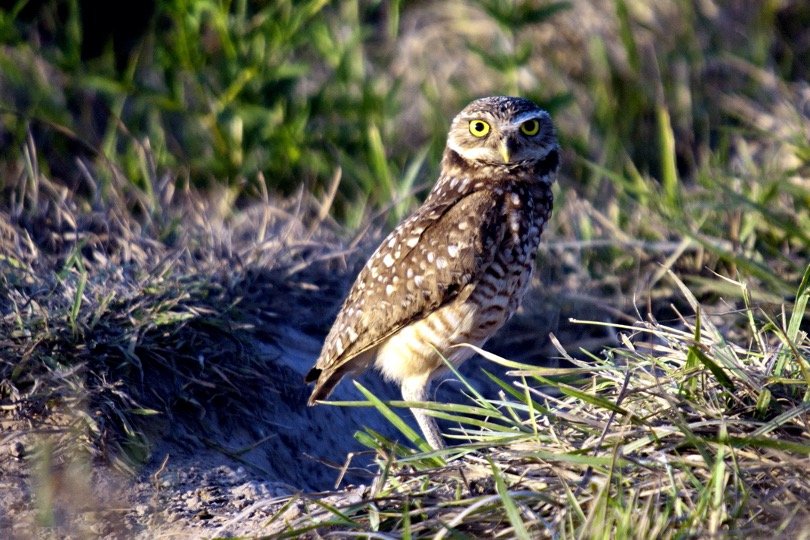
How Long Do Burrowing Owls Live?
Burrowing owls (Athene cunicularia) live in the wild for an average of 6-8 years. However, some individuals can live for up to ten years or more in the wild, and they may live more than 10 years in captivity.
How Long Do Eagle Owls Live?
Eagle owls, which include species such as the Eurasian eagle owl (Bubo bubo) and the Indian eagle owl (Bubo bengalensis), live in the wild for an average of 20-30 years. However, some captives can live for up to 60 years or more.
How Long Do Eastern Screech Owls Live?
Eastern screech owls (Megascops asio) live in the wild for an average of 7-8 years. However, in the wild and in captivity, some individuals can live for 10-12 years or more.
How Long Do Great Grey Owls Live?
In the wild, great grey owls (Strix nebulosa) have a lifespan of about 10-15 years. However, in the wild and in captivity, some individuals can live for 30 years or more.
The Life Cycle of an Average Owl
To have a comprehensive understanding of what an owl goes through during its existence, we must first learn about the owl life cycle from beginning to end. Let’s get started.
1. Owl’s Eggs and Newly Hatched Owls
Owls are remarkable in that they only lay one egg every day, despite the fact that many female owls can produce up to 15 eggs during their mating season on average. Her food consumption and access to sufficient protein have a significant impact on the quantity of eggs she produces.
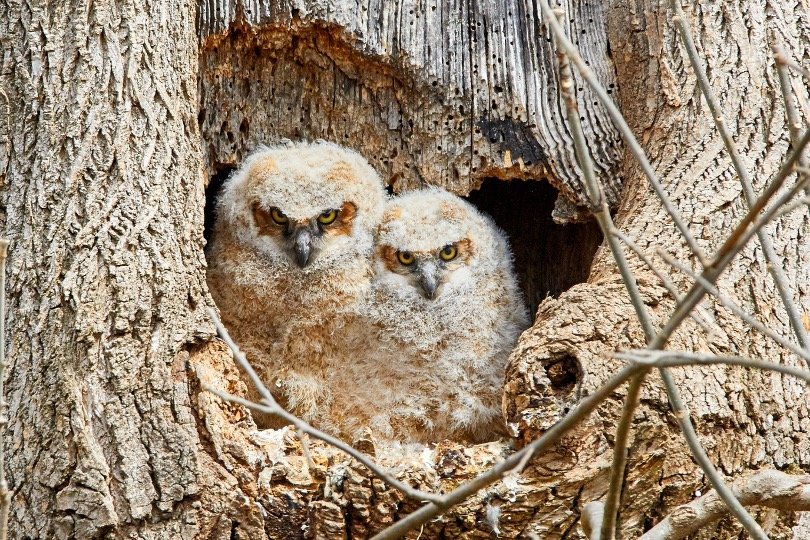
Irrespective of the species, hatchlings, or newly hatched baby owls, are born with pink skin and soft white feathers on their heads and tails. They are mostly exposed during the first couple of months of their existence due to the downy plumes that remain on their bodies during this time.
Baby Owl Sleeping Face Down Is Unbelievable (With Picture)
During this period, baby owls are fully dependant on their mother to provide them with food and protection. They are also born blind, and they will not be able to see until they are approximately a month old in life.
They are easily impacted by cold temperatures because they do not have feathers to keep them warm like other birds.
2. Young Owls
The majority of owl species fledge, or acquire the ability to fly, after two months of being born. Many young owls, on the other hand, continue to live with their mother until they are nearing the end of their first year.
Once owls have grown and matured, they have a better chance of surviving. Once they have grown all of their necessary feathers and plumage, juvenile owls are virtually identical to adult owls in appearance.
They may grow in length and mass before reaching the age of one year, but the majority of baby owls are indistinguishable from adult owls at this point. Young owls are vocal and playful, and they spend a significant portion of their childhood in close proximity to their parents.
Despite the fact that they learn to hunt and fly at a young age, they still prefer to be in the company of their parents and other siblings if there are more than one owl baby to be born.

3. Owls in their Adulthood
Most owl species are considered adults after 9-12 months have passed since they were born. Many owl species are sexually mature after one year, while some species prefer to wait until they are at least two or three years old before reproducing in the wild.
Owl Legs: Everything You Need To Know (With Pictures)
Owls are typically believed to be a monogamous species of bird, having chosen to mate for life when they reached adulthood. They are also a carnivorous breed of bird, catching and consuming their prey whole when they are caught.
Adult owls can contract diseases from one another, but the most prevalent threat they face is from humans, specifically cars and construction that encroaches on forested regions.


